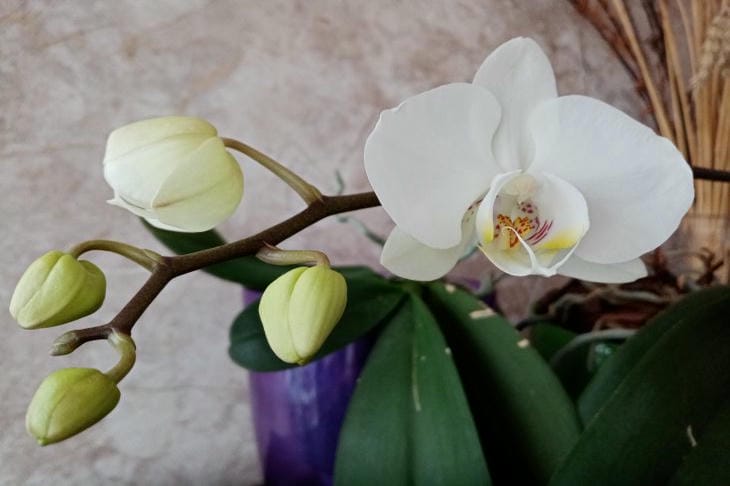How to Tell if Your Orchid is Getting Enough Light: Secrets to Proper Lighting
Orchids are considered capricious beauties that require special attention to their growing conditions.
Proper lighting is a key factor in the successful cultivation of orchids, affecting their growth, development and flowering.
Visual cues of adequate lighting
Orchid leaves in good condition are light green with a slight yellowish tint.
The plant forms a compact rosette, and new leaves appear regularly. With sufficient light, the flower stalk begins to form in accordance with the natural cycle of the particular species.
Low Light Signals
Dark green coloration of leaves is the first sign of lack of light. The plant tries to compensate for the lack of light by increasing the amount of chlorophyll.

The leaves become larger but thinner. The internodes become longer, and flowering may not occur for a long time.
Signs of over-illumination
Reddening or yellowing of leaves indicates excessive lighting. Light spots resembling burns may appear on leaf blades.
With prolonged exposure to direct sunlight, the leaves become wilted and lose turgor.
Correct placement of orchids
Phalaenopsis grows best on eastern or western windows. Morning and evening sun rays have a beneficial effect on the plant without causing burns. A northern window is suitable only if additional lighting is used.
Measuring the level of illumination
Modern technologies allow you to accurately determine the level of illumination. A lux meter will help measure the amount of light falling on the plant.
For most orchid species, the optimal level is considered to be 10,000–15,000 lux during daylight hours.
Seasonal lighting features
In winter, special attention should be paid to the lighting of orchids. Short daylight hours and cloudy weather can negatively affect the development of the plant.
Additional lighting with phytolamps helps to create optimal conditions for growth and flowering during the cold season.
Adaptation to new conditions
When moving an orchid to a new location, it is important to ensure gradual adaptation to the changed light level.
Sudden changes can cause stress to the plant. The adaptation period usually takes about two weeks.
Features of different types
Each orchid species has its own lighting requirements. Vanda needs bright light, while paphiopedilum prefers more shaded areas.
Studying the natural habitat of a particular species will help create suitable conditions for keeping it.
For reference
Orchidaceae , or Orchis, also Orchids, is the largest family of monocotyledonous plants. More than 10% of the family members are characterized by CAM photosynthesis.
